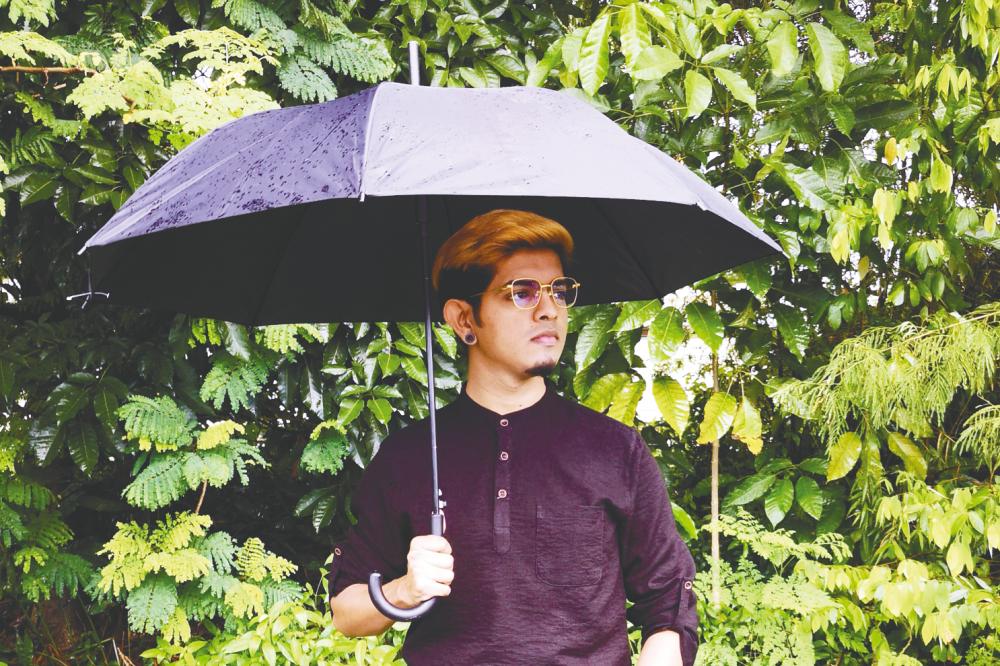PORTRAIT artist Thirumaaran Arasu has the ability to ‘turn over a new leaf’, quite literally, transforming a simple leaf into exquisitely done work of art.
With a knack for all things art and design, his skill and talent for leaf carving was made possible through much trial and error; by learning from his mistakes, he was able to perfect his craft.
In 2017, the 27-year-old artist finally established TPeepal Handicraft under the Instagram handle @t_peepal, thanks to the encouraging support from fellow artists, to develop and express more of his incredible art.
Today, many have approached him to create mesmerising leaf art as memorabilia and gifts, mostly in the form of intricately-carved portraits.
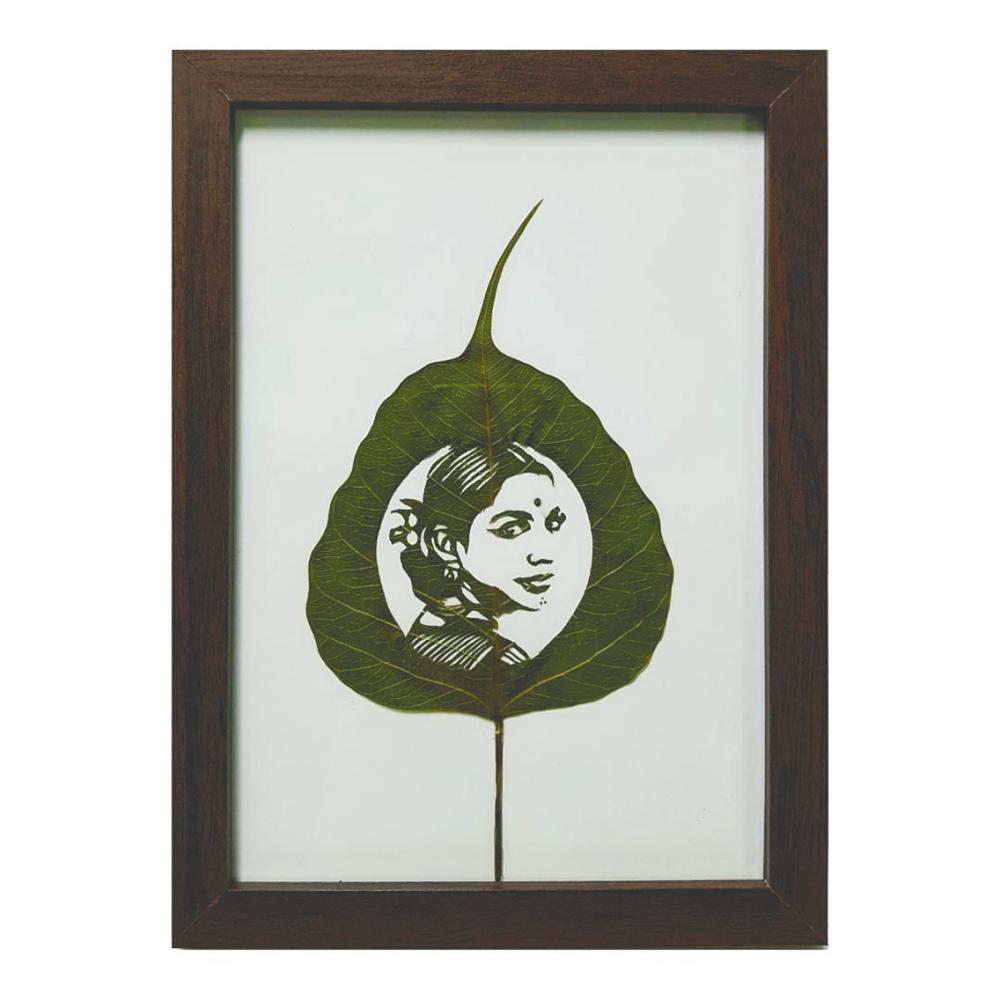
With the leaf as his canvas, Thirumaaran creatively plays with positive and negative spaces to create his visual composition, as he carefully carves every single detail of the image, which is then framed behind glass for safekeeping.
How did TPeepal Handicraft come to be?
“Five years ago, I would draw portraits as gifts during special occasions for my friends and family, but later I wanted to try out something more unique; I wanted to create something special and sentimental.
“I read about leaf carvings during my college assignments and research studies, I’ve also seen international artists who carve portraits, florals and animals on leaves, but the art is not explored as much here in Malaysia. Therefore, I began to explore more and I started to carve portraits on leaves after months of practice.”
What goes into creating leaf art?
“Leaf carving involves delicately trimming the leaves to develop a picture. The process of carving is performed using tools to carefully cut the surface [of the leaf] without cutting or removing the veins, and it takes about five to seven hours to complete one portrait.
“First, I’ll soak the leaf in water to soften it, then convert the original image provided by my clients into clean and highly accurate vector art using advanced tools and software.
“After that, I’ll carefully carve the vector image onto a leaf using a carving knife. Upon finishing, the final leaf art is pasted onto a white background to be framed and delivered to the client.”
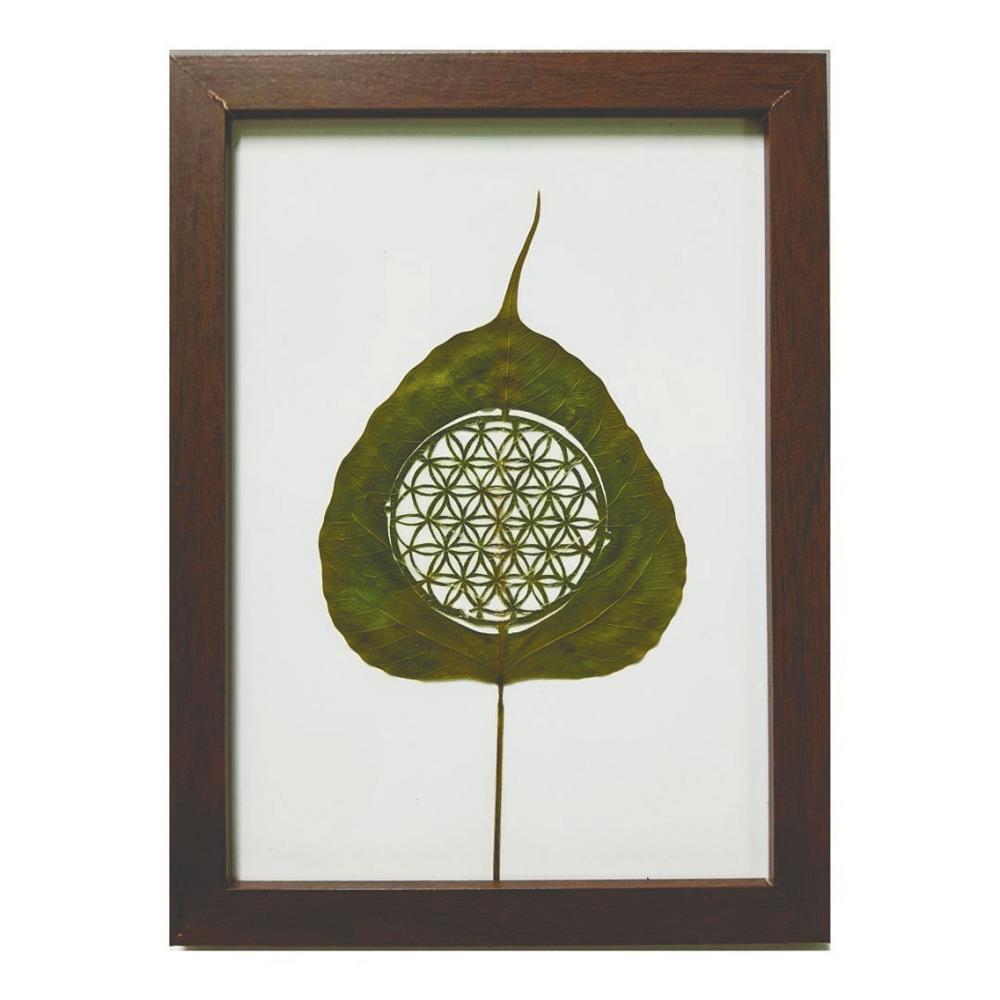
What are some of the challenges?
“It’s difficult to match the vector art to look like the person from the original image. It takes a lot of time and patience to complete and essentially perfect one picture to meet the [client’s] satisfaction.
“The leaf itself is also another huge challenge since it’s fragile by nature. Imagine accidentally tearing apart the leaf by mistake at the end of the carving [session]. That is probably the biggest challenge.”
Is there a reason why you picked very specific types of leaves to work with?
“I worked with a variety of leaves at the beginning, but the most common leaf used in leaf carving is that of the chinar tree. The chinar tree is native to India, Pakistan and China. Chinar leaves have a close resemblance to maple leaves.
“Since it’s very hard to find this specific leaf, I’ve resorted to using leaves from the peepal tree which is quite similar, and it has very suitable surface integrity for leaf carving.”
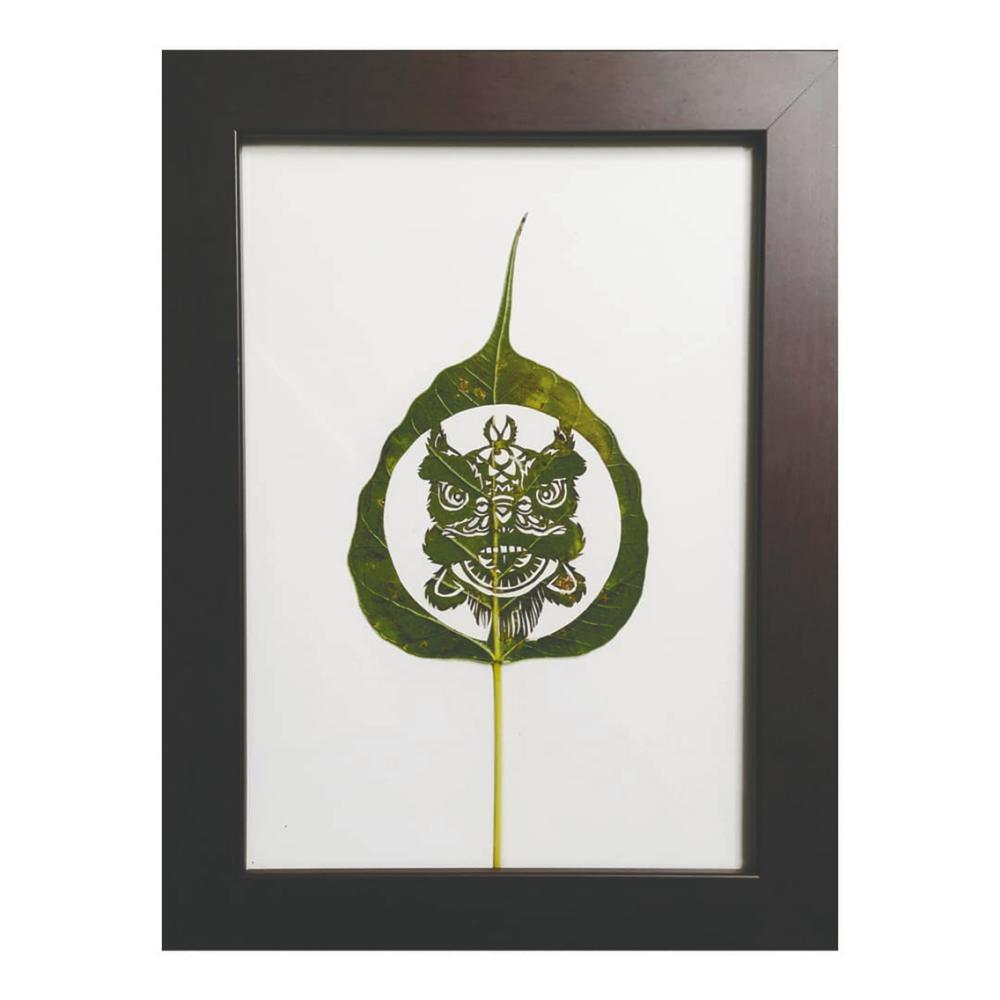
Would you say that you’re constantly experimenting to better your craft?
“Over time, I’ve tried to be innovative by adapting and making use of modern tools and techniques compared to the old methods used by the earliest leaf carving masters, which originated from China.
“With their techniques, it would take up to several weeks to produce a single leaf art.
“That being said, I’m in the process of creating mix media art, combining leaf art with other art forms.”
As all foliage decomposes over time, adding to the already fragile nature of the leaf itself, how do you prolong the durability of the leaf as a gift?
“As long as it is airtight-sealed inside the photo frame, it will be safe. The glass frame helps to keep the leaf in shape. I have a six-year-old leaf [carving] which is still in perfect shape and condition.”
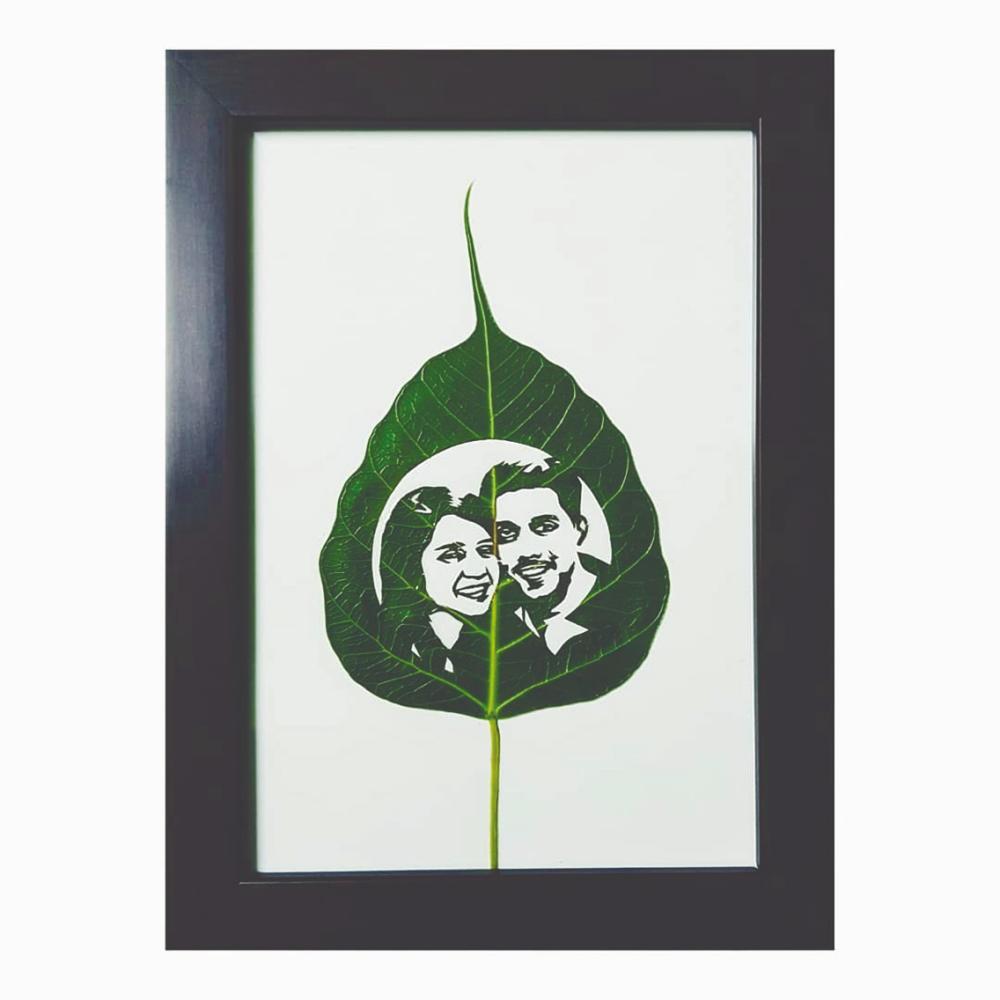
How do you wish people would perceive leaf art?
“I’ve received many encouraging messages from my followers saying they’ve never seen something like this before, and how excited they were to discover something as unique as this. I strive to do my best to keep people informed about the art of leaf carving, and that is one of the main reasons why I made this art available to the public.
“Since then, I’ve used the opportunities given by the media to express more about the art. I hope that many [more people] would develop the interest in crafting one themselves, and maybe one day, I can conduct workshops to introduce this craft to more people.”
What are some of the weirdest design requests you’ve received?
“I have not received any weird design requests, but challenging designs, yes.
“The challenging ones would be baby portraits, Hindu deities, Chinese lion dance and geometrical patterns.”



